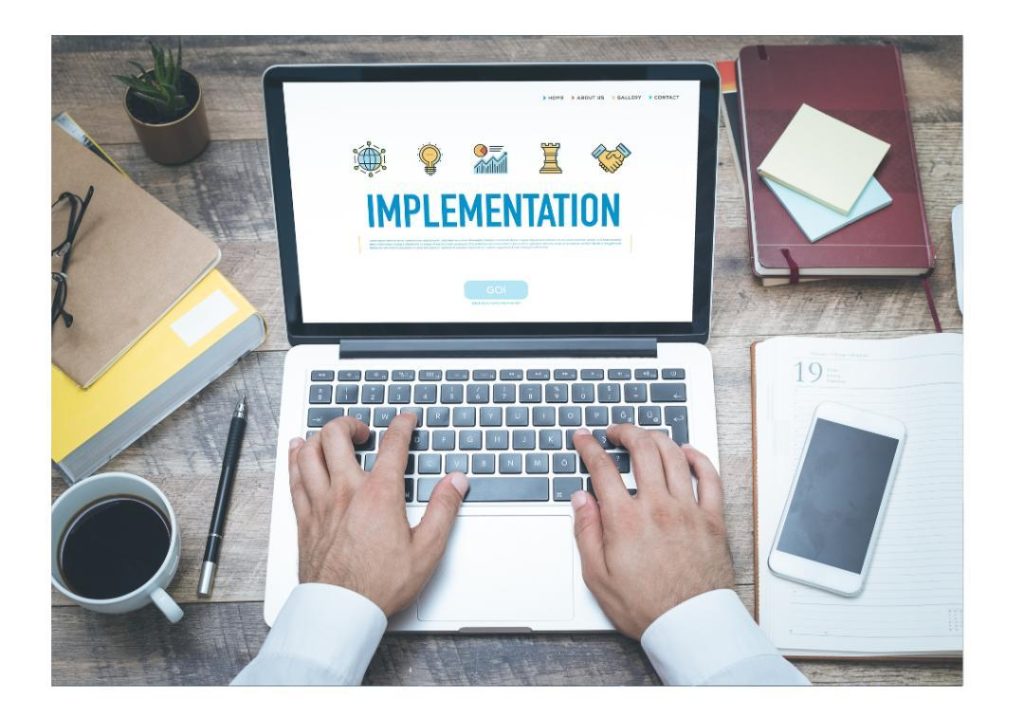
Does Organic Growth Require Constant Organizational Changes?
The pursuit of organic growth is a coveted goal for many businesses. It’s a testament to a company’s ability to adapt, innovate, and thrive in a rapidly changing market. However, achieving sustainable growth often requires more than just a series of organizational changes. In fact, constant restructuring and overhauls can be counterproductive, leading to confusion, reduced morale, and inefficiencies.
In this post, we’ll explore the relationship between organic growth and organizational changes, debunking the myth that constant changes are necessary for success. We’ll also provide actionable insights on how to drive consistent, sustainable growth by focusing on core capabilities, strengthening internal processes, and making strategic resource allocations.
The Myth of Constant Change
When it comes to driving growth, many business leaders believe that constant change is the key to success. They might adopt a “shake-it-up” approach, introducing new processes, restructuring teams, and implementing fresh strategies on a regular basis. However, this approach can lead to a culture of chaos and uncertainty, where employees are constantly questioning their roles, responsibilities, and job security.
In reality, constant change can be a major obstacle to growth. It can lead to:
- Confusion: Multiple changes can create a sense of disorientation, making it difficult for employees to focus on their work and achieve their goals.
- Reduced morale: The constant threat of change can lead to feelings of insecurity, which can negatively impact employee engagement and motivation.
- Inefficiencies: Frequent changes can disrupt processes, leading to wasted time, resources, and energy.
The Importance of Core Capabilities
Rather than constantly introducing new changes, it’s essential to focus on optimizing core capabilities. This involves identifying and developing the skills, processes, and systems that are critical to your business’s success.
To identify your core capabilities, consider the following questions:
- What are our unique strengths and competitive advantages?
- What processes drive the most value for our customers and business?
- What skills and expertise are essential for our teams to possess?
By prioritizing core capabilities, you can:
- Streamline processes and eliminate unnecessary complexity
- Develop a culture of continuous improvement and learning
- Build a strong foundation for sustainable growth
Strengthening Internal Processes
Organizational changes can often be a result of inadequate internal processes. To drive growth without constant changes, it’s essential to strengthen internal processes and systems.
This involves:
- Streamlining and simplifying processes to eliminate waste and inefficiencies
- Implementing clear roles, responsibilities, and communication channels
- Establishing metrics and benchmarks to track performance and progress
By strengthening internal processes, you can:
- Improve efficiency and productivity
- Enhance collaboration and communication among teams
- Increase transparency and accountability
Making Strategic Resource Allocations
Finally, making strategic resource allocations is critical to driving growth without constant changes. This involves:
- Identifying and prioritizing the most critical resources, such as talent, technology, and budget
- Allocating resources to support core capabilities and strategic initiatives
- Continuously monitoring and adjusting resource allocation to ensure alignment with changing market conditions
By making strategic resource allocations, you can:
- Focus on high-impact initiatives and eliminate non-essential projects
- Develop a culture of resourcefulness and efficiency
- Drive sustainable growth and profitability
Conclusion
While some level of change is necessary for adaptation, constant organizational changes can be disruptive, leading to confusion, reduced morale, and inefficiencies. Instead, focusing on optimizing core capabilities, strengthening internal processes, and making strategic resource allocations can drive consistent, sustainable growth without the need for frequent restructuring or overhauls.
To achieve organic growth, it’s essential to adopt a long-term approach that prioritizes stability, simplicity, and strategic focus. By doing so, you can build a strong foundation for growth, drive innovation, and thrive in a rapidly changing market.
Source:
https://www.growthjockey.com/blogs/the-four-biggest-myths-of-organic-growth






